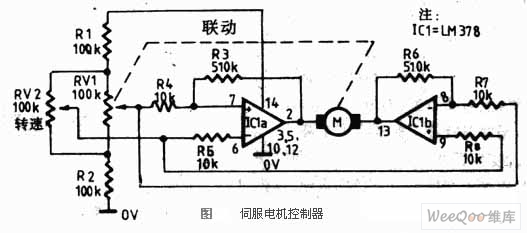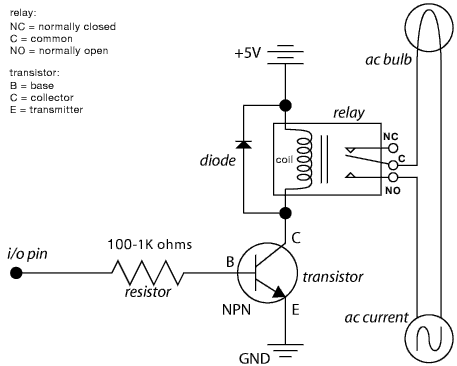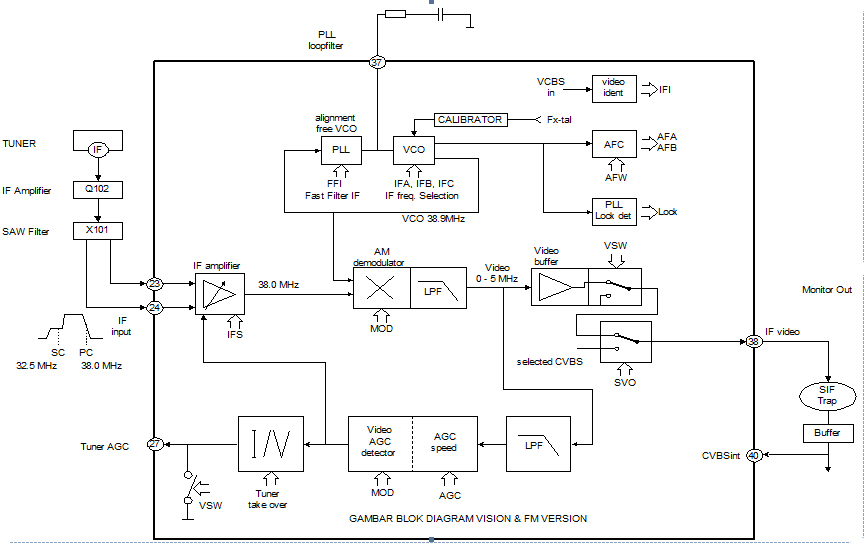
Simple servo motor drive control circuit

The servo motor is a type of traditional motor that serves as the execution component in automated devices. Its most significant characteristic is its controllability; when a control signal is applied, the servo motor rotates, with its speed being proportional to the control voltage. If the control voltage is removed, the servo motor will...
The servo motor operates based on a closed-loop control system, which ensures precise positioning and speed control. It typically consists of a motor coupled to a sensor for position feedback, a controller, and a power supply. The controller interprets the control signal and adjusts the motor's operation accordingly.
In practical applications, servo motors are widely used in robotics, conveyor systems, and CNC machinery due to their ability to provide accurate movement and repeatability. The control signal can be generated from various sources, such as microcontrollers or PLCs, which output PWM (Pulse Width Modulation) signals to dictate the motor's position and speed.
The feedback mechanism is critical in maintaining accuracy. A potentiometer or encoder is often used to track the motor's position and relay this information back to the controller. This feedback loop allows the system to make real-time adjustments, ensuring that the motor reaches and maintains the desired position.
Power requirements for servo motors vary based on their size and application. Smaller servo motors may operate at low voltages (typically 5 to 12 volts), while larger industrial servos may require higher voltages and currents. Proper selection of the power supply is essential to ensure efficient operation and avoid overheating.
Overall, the design and functionality of servo motors make them indispensable in modern automated systems, where precision and control are paramount.The servo motor is designed as one kind of traditional motor. It is the execution component of the automatic device. The most important feature of the servo motor is the controllable feature. When there is the control signal the servo motor turns, and the speed is proportional to the control voltage. If you remove the control voltage, the servo motor will im.. 🔗 External reference
The servo motor operates based on a closed-loop control system, which ensures precise positioning and speed control. It typically consists of a motor coupled to a sensor for position feedback, a controller, and a power supply. The controller interprets the control signal and adjusts the motor's operation accordingly.
In practical applications, servo motors are widely used in robotics, conveyor systems, and CNC machinery due to their ability to provide accurate movement and repeatability. The control signal can be generated from various sources, such as microcontrollers or PLCs, which output PWM (Pulse Width Modulation) signals to dictate the motor's position and speed.
The feedback mechanism is critical in maintaining accuracy. A potentiometer or encoder is often used to track the motor's position and relay this information back to the controller. This feedback loop allows the system to make real-time adjustments, ensuring that the motor reaches and maintains the desired position.
Power requirements for servo motors vary based on their size and application. Smaller servo motors may operate at low voltages (typically 5 to 12 volts), while larger industrial servos may require higher voltages and currents. Proper selection of the power supply is essential to ensure efficient operation and avoid overheating.
Overall, the design and functionality of servo motors make them indispensable in modern automated systems, where precision and control are paramount.The servo motor is designed as one kind of traditional motor. It is the execution component of the automatic device. The most important feature of the servo motor is the controllable feature. When there is the control signal the servo motor turns, and the speed is proportional to the control voltage. If you remove the control voltage, the servo motor will im.. 🔗 External reference





